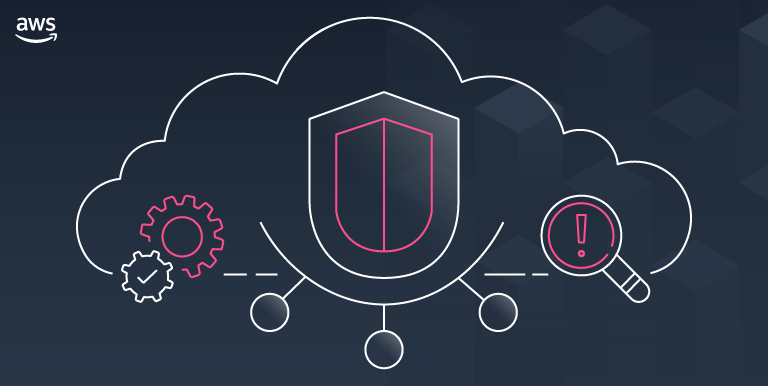Unleashing the Power of AWS: A Simple Guide on How to Use Trusted Advisor
 Sumit Mondal
Sumit Mondal
Introduction:
In the vast and dynamic world of cloud computing, managing resources efficiently is crucial. Amazon Web Services (AWS) provides a range of tools to help users optimize their infrastructure, and one such powerful tool is Trusted Advisor. Whether you're new to AWS or a seasoned user, Trusted Advisor can be your ally in ensuring your environment is secure, cost-effective, and operates at its peak performance. In this blog post, we'll walk you through the basics of Trusted Advisor and how to make the most out of it in a simple and easy-to-understand way.
What is Trusted Advisor?
Trusted Advisor is an AWS service designed to provide recommendations to improve your AWS environment in four key areas: cost optimization, performance, security, and fault tolerance. It essentially acts as your virtual consultant, analyzing your AWS account and offering personalized suggestions to enhance your cloud infrastructure.
Accessing Trusted Advisor:
Sign in to the AWS Management Console: Log in to your AWS account and navigate to the AWS Management Console.
Access Trusted Advisor: Once logged in, go to the "Services" menu and find "Trusted Advisor" under the "Management & Governance" section.
Trusted Advisor Dashboard: You'll be greeted with the Trusted Advisor dashboard, which provides an overview of your account's current status across the four key areas.
Exploring the Recommendations:
Cost Optimization: Click on the "Cost Optimization" tab to view recommendations related to cost savings. This could include suggestions on reserved instances, unused resources, or ways to leverage AWS pricing models effectively.
Performance: Check the "Performance" tab for insights into your system's performance. Trusted Advisor might recommend improvements like leveraging AWS Auto Scaling or optimizing your EC2 instances for better efficiency.
Security: The "Security" tab highlights potential security risks in your environment. Trusted Advisor can suggest actions to enhance your security posture, such as adjusting access controls or enabling multi-factor authentication.
Fault Tolerance: Under "Fault Tolerance," you'll find recommendations to improve the resilience of your infrastructure. This could involve setting up load balancing, redundancy configurations, or distributing resources across multiple Availability Zones.
Taking Action:
Review Recommendations: Examine each recommendation carefully, and prioritize based on your specific needs and goals.
Implement Changes: Once you've decided on the changes to make, follow the provided links to detailed information and documentation for each recommendation. AWS often provides step-by-step guides to help you implement changes seamlessly.
Reassess Regularly: AWS Trusted Advisor is not a one-time solution. Regularly revisit the recommendations to ensure your environment remains optimized and secure as your needs evolve.
Conclusion:
In conclusion, AWS Trusted Advisor is a valuable tool that empowers you to make informed decisions about your cloud resources. By following the simple steps outlined in this guide, you can harness the full potential of Trusted Advisor to enhance the efficiency, security, and cost-effectiveness of your AWS environment. Remember, it's not just about using the cloud; it's about using it wisely, and Trusted Advisor is your trusted companion in achieving just that.
Subscribe to my newsletter
Read articles from Sumit Mondal directly inside your inbox. Subscribe to the newsletter, and don't miss out.
Written by

Sumit Mondal
Sumit Mondal
Hello Hashnode Community! I'm Sumit Mondal, your friendly neighborhood DevOps Engineer on a mission to elevate the world of software development and operations! Join me on Hashnode, and let's code, deploy, and innovate our way to success! Together, we'll shape the future of DevOps one commit at a time. #DevOps #Automation #ContinuousDelivery #HashnodeHero